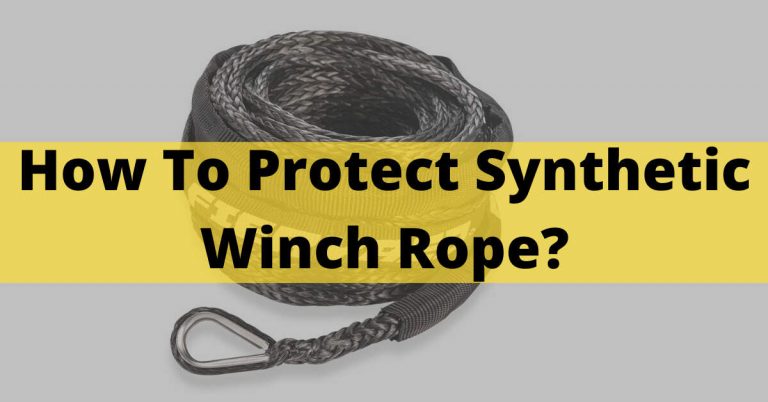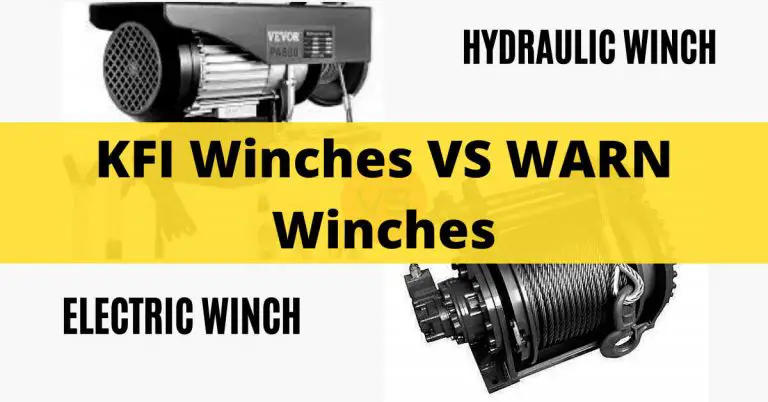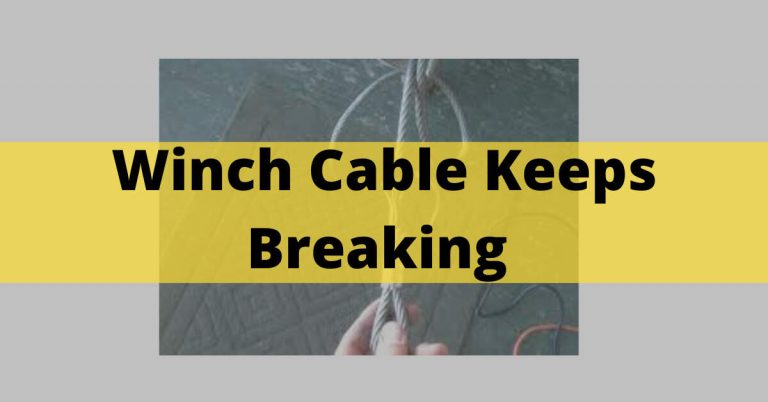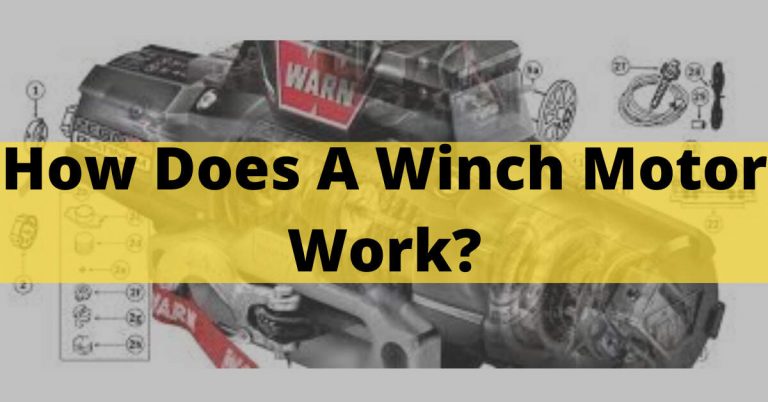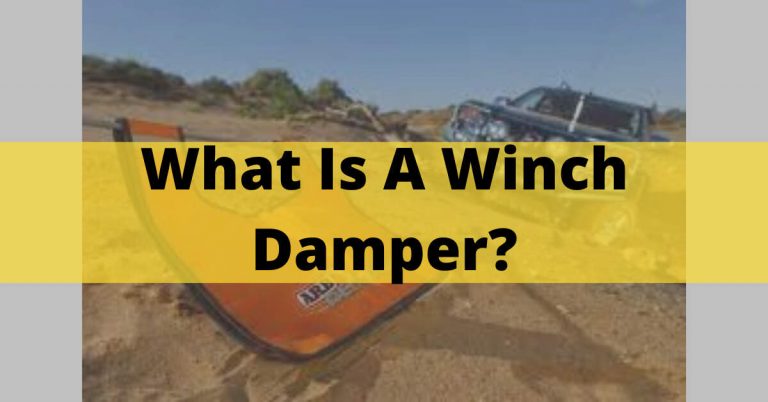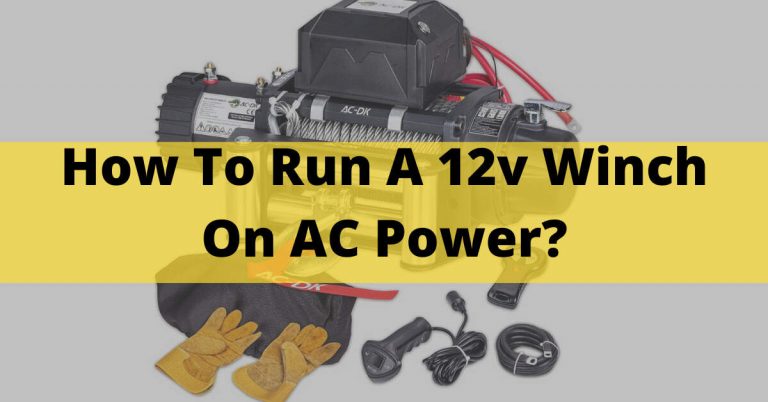How To Wire A Winch To The Trailer? – Different Way To Connector In 2024
There are several ways to power a trailer-mounted winch. Connect the power cable to the winch’s positive post. Connect the ground wire to the winch’s negative grounding pin. To use, connect the opposite ends of the two wires, the end with the fast disconnect, to the trailer coupler.
- Wiring The Winch With Trailer:
- Wiring The Winch To A Separate Trailer Battery:
- Let’s Dive Into The Procedure Of Wiring The Winch:
- Can You Run A Winch Off The Trailer Plug?
- The Rear Of The Vehicle
- How To Wire A Winch Without A Solenoid:
- When Should A Winch Not Have A wire?
- How Many Amps Can A Trailer Plug Handle?
- Frequently Asked Question
- Conclusion:
- Video Guide:
Wiring The Winch With Trailer:
- Requires a vehicle battery with at least 440 cold-cranking amps and a 60-amp alternator and is regularly advised for light- to medium-duty winching.
- Uses integrated fast disconnects to make it simple to connect your trailer-mounted winch to the power source from the car’s battery.
Wiring The Winch To A Separate Trailer Battery:
- Recommended for regular and heavy-duty winching
- Requires a 60-amp alternator and a car battery with at least 440 cold-cranking amps.
- The winch can be powered without the trailer being connected to a car.
- The battery is independent of the vehicle’s battery, preventing the winch from draining the tow vehicle’s battery during excessive operation.
- The procedure of wiring the winch to separate
Let’s Dive Into The Procedure Of Wiring The Winch:
- Install the trailer’s batteries in a safe location on the front of the vehicle.
- Connect the proper winch posts with the power and ground lines.
- Run the ground and power wires to the battery located on the trailer.
- Connect the ground wire to the battery’s negative post and the power wire to the positive post.
- To keep the battery charged, the charge can be maintained through the trailer connector’s 12V auxiliary circuit, which draws power from the car’s battery using additional cabling.
It involves additional wiring steps.
- When you are sure that the 7-way trailer connector’s 12V accessory circuit pin is delivering current, connect a length of 12-gauge wire from the matching prong to the positive post of the trailer-mounted battery.
- Ensure that the trailer frame and end connector have a solid ground connection.
- Ground the trailer battery to the trailer frame using a length of 12-gauge wire
- Attach a ring termination to the ground wire’s ends.
- Connect the ground wire’s other end to the trailer battery’s negative post.
- Attach the remaining end to a spot on the trailer frame that is clean and metal using a self-tapping screw.
- The 12V wire will keep the trailer-mounted battery charged when the vehicle is running, and the trailer and vehicle are linked.
NOTE: When operating the winch, disconnect the trailer wires from the tow vehicle. Failure to do this may result in an overload on the 12V accessory wire carrying current to the trailer-mounted battery, which can damage the battery and 12V circuit.
Can You Run A Winch Off The Trailer Plug?
It is possible to wire your winch to use the truck battery. I’ve provided a link to a support page detailing the wiring techniques you can use for the winch.
You should select option 1 and the section headed “Wiring a Trailer-Mounted Winch.” Electric winches should be powered directly from a battery.
To successfully power a winch, the wiring in a trailer connector like a 7-Way and an adapter like #HM47675 is not heavy enough gauge. I’ve also provided the steps for you here.
The Rear Of The Vehicle
- At the end of the extended power cable and short ground wire, locate a location to put a vehicle-side fast disconnect.
- Ground the quick disconnect’s short wire to a spot on the car’s frame that is free of debris and made of metal.
- Run the wires from the quick disconnect to the vehicle’s battery over a long distance from areas where they might grow hot or tangled.
1. Under The Hood
- the positive post on the vehicle’s battery with the power wire coming from the vehicle’s rear.
- Ground the battery to a clean metal spot on the car’s frame using the separate, short wire with eyelets at both ends.
2. On The Winch
- Wire the trailer-side quick disconnect to the winch
- Connect the power cable to the winch’s positive post.
- Ground wires connect to the winch’s negative ground post.
- Run the two wires’ opposing ends, including the fast disconnect end, to the trailer coupler before using.
Connect the quick disconnect on the trailer side to the quick disconnect on the vehicle side to supply electricity to the winch.
How To Wire A Winch Without A Solenoid:
If you enjoy working on automotive gear, you know how crucial it is to wire a winch without a solenoid. You can use a winch for utilities or off-road excursions. For instance, when you need to tow another car because it is stuck in the snow or dirt.
Winches can carry huge weights is one of their best qualities. So there is no need to worry about damage when using them frequently.
They can also resist challenging terrain and weather. Avoid buying the less expensive models if you want a sturdy one, but for your purchase to endure a long time, and must maintain it.
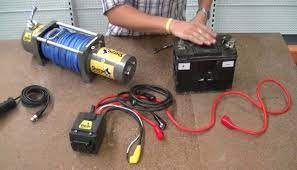
Knowing how to utilize a winch without a winch solenoid is beneficial despite how important having one is.
All automatic winches have solenoids, which are tiny jumper wires. Once an electric current flows through, it generates a consistent electromagnetic field.
When looking at a winch solenoid diagram, you’ll first notice that the winch solenoid is a switch.
Because it keeps the solenoid from blowing up, it reduces the tension on the winch switch. Let’s discuss when it’s necessary to wire a winch without a solenoid and how to accomplish it.
When Should A Winch Not Have A wire?
Understanding the winch’s wiring and when to wire it is crucial. As previously mentioned, a solenoid is a crucial component of the winch motor.
It lessens the strain on the winch mechanism, keeping it from catching fire. You will understand the importance of the solenoid once you start utilizing it, and it is also a simple approach to control.
However, this does not imply that you must always use a winch when wiring one; in some cases, you may need to dive in without one.

One is when you see some soiled gasses on your engine, which causes an overload.
If you don’t take care of that right away, your winch motor can suffer severely.
When you find a winch overheating, you should immediately connect it since the wiring can occasionally generate a lot of heat. You might want to avoid wiring a winch without a solenoid in this situation.
These scenarios answer some of the queries you might have about this article’s later sections, such as whether you need test a solenoid or if you can wire a winch without one.
Yes, it would be best if you had it since it is a switch and guards against the winch motor overheating and burning up.
But regrettably, having a winch is also far less expensive than letting your motor burn out, which would force you to replace the entire motor, which is equally pricey.
Nevertheless, if you exercise extreme caution and react quickly to any subsequent problems that arise with your motor, you can also operate without a solenoid.
To be able to remedy the situation, you must be able to identify the issue with your car’s winch system. Most of the time, mechanics avoid utilizing a solenoid by merely using it to check whether the winch motor is broken.
However, the solenoid in your winch motor is crucial, particularly if you want to rule out problems with the solenoid switch. Let’s now talk about how to wire a winch without a solenoid for a better understanding.
How Many Amps Can A Trailer Plug Handle?
7 pin trailer plug has constant power. Alternator charging to a truck camper, trailer, or 5th wheel is typically limited to no more than 5 amps of electricity due to thin wire gauges and long runs through the 7-pin connector.
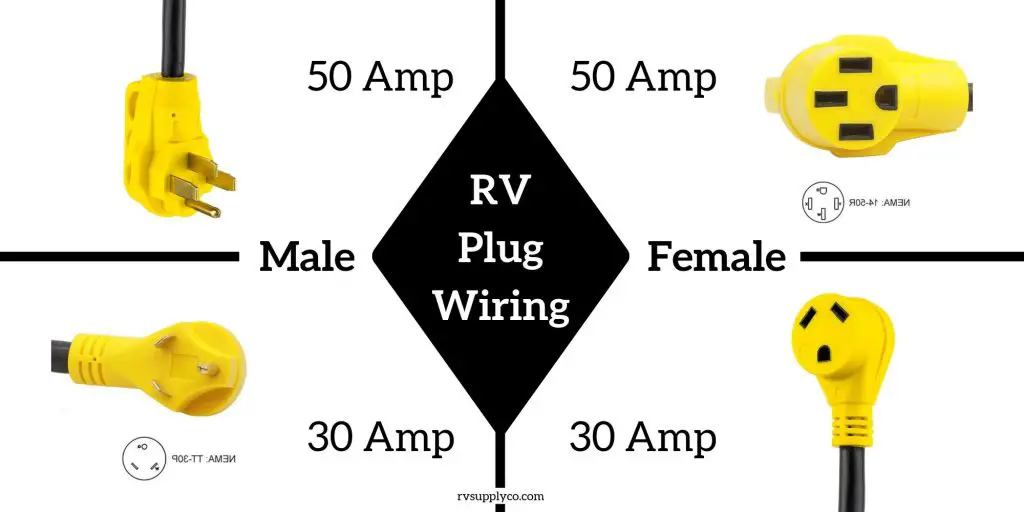
But as long as the cabling to and from the trailer plug isn’t too thin, leading to significant voltage losses, the plug should be able to sustain 10 amps for a reasonable amount of time.
The specialized charge circuit’s 50 Amp, 2 Pin Trailer Plug, and Socket are crucial components. It effectively enables the transfer of charge from the car’s battery to an in-board one in a trailer, watercraft, or four-wheeler.
The Purpose of the 7-Way Trailer Connection’s Auxiliary 12-Volt Connection The trailer will receive 12-volt power from the car through the auxiliary 12-volt cable that connects the 7-way connector to the 7-way trailer plug.
Frequently Asked Question
1. 7 Pin Trailer Plugs The Same?
7-way connectors come in two main varieties: one has round pins, and the other has flat pins (blades).
While flat pin connectors are popular and frequently found on more recent SUVs and trucks that are factory-equipped with a trailer hitch, round pin connectors are pretty rare.
2. Which Trailer Plug Is Best?
Trailer plug, 7-pin this is available in both round and flat configurations, indicating significant industry demand for both, but in our opinion, the flat is better for two reasons. Every trailer must have an electrical connection to its towing vehicle.
How Big Of A Winch Do I Need To Pull A Car On A Trailer?
Etrailer.com advises acquiring a winch with a line pull capacity of at least 50% more than the GVW because of this (Gross Vehicle Weight). Note: A winch with a capacity of about 6,000 lbs. is required for most trucks and SUVs.
Conclusion:
Your winch can be bad for drawing power from the truck battery. If the battery terminal clamp bolts are long enough, attaching the winch electrical connections straight to them is feasible.
However, you may wish to invest in and install military-style terminals. As long as the wiring to and from the trailer plug isn’t too thin and causes significant voltage losses, a trailer plug should be able to take 10 amps for a reasonable amount of time.
References:

